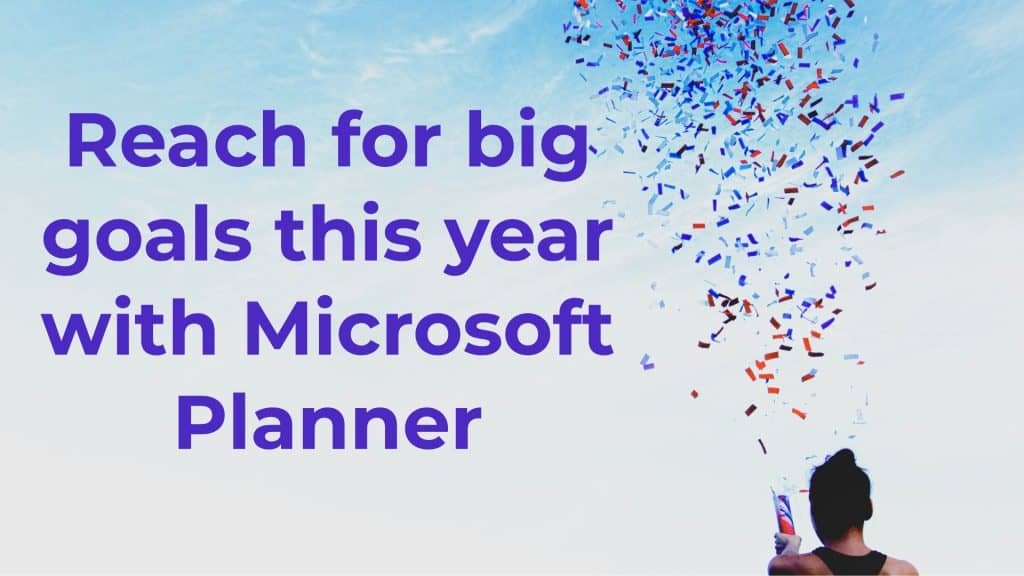Windows 11: The wait is over
All the benefits of using the very latest version of Windows in your business
After a four month wait, a brand new version of Windows is finally here. It’s a lot more secure, has better functionality, and has greater possibilities. And it looks beautiful.
New PCs are now on sale with Windows 11, and the upgrade will be available for existing computers early next year.
Not all machines will be able to upgrade. There are tough hardware requirements. We’ve listed them, plus the best benefits of the new Windows, in a brand new guide. Read and Download our new guide – Windows 11: The wait is over. It’s written so anyone can understand it.
Back in June, Microsoft made a surprise announcement: A new version of Windows was coming. Most experts had assumed that Windows 10, which was released in 2015, had many more years of life left in it. But now we know the future is Windows 11. We’re pretty excited about it – and believe you should be too.
Why? Because Windows 11 has 3 major benefits:
- It’s a lot more secure
- It has better functionality and greater possibilities
- And it looks beautiful 😃
As always with a Microsoft launch, you can’t just press a button and upgrade to Windows 11 today. In fact, it’s not yet available for existing PCs.
We’ve pulled together this guide to tell you more about Windows 11: Why you should use it and all the benefits. We’ve written this for ordinary people like you, not tech people like us.
First things first: Minimum requirements
If you want to get Windows 11 today, you’ll need to buy new PCs. Windows 11 has a long rollout process, starting with new machines and working its way to older machines.
Some existing PCs will be entitled to a free upgrade, which is likely to happen in the first half of next year. But even then, there are strict hardware requirements. Microsoft is insisting Windows 11 will only run on machines that can handle it, and where it will be secure.
Yes, that does mean some or all of your existing machines may never be able to run the new operating system. These are the minimum requirements for running Windows 11:
- Processor: 1GHz or faster, with at least two cores on a compatible 64bit processor
- RAM: 4GB
- Storage: 64GB
- System firmware: UEFI, Secure Boot compatible
- Trusted Platform Module (TPM): 2.0
- Graphics card: DirectX 12 or later with WDDM 2.0 driver
- Display: 720p, 8bit per color channel, at least 9” diagonal
- Plus of course your computer must be connected to the internet, and you will need a Microsoft account.
Microsoft has an app that can check your business’s computers to see if they are compatible. The app has delivered some inaccurate results in the past… instead we recommend you get a trusted technology partner (like us) to check your computers for you.
Remember, the list above states the minimum requirements to run Windows 11. Ideally, you’d be looking for a better processor and higher levels of RAM and storage.
An important note on security
This might feel like a boring bit, but when running a business, security is really important.
Microsoft is touting Windows 11 as its most secure release yet. Updates will be 40% smaller, and there will only be one big update a year, as opposed to the usual three. This is more in line with what Apple does with Macs and MacBooks.
There’ll be small monthly updates for bug fixes and security updates.
Overall, fewer updates mean less downtime for you and your team. Even when the updates are run at night, this is much more suitable for the way people do business today.
Now to the fun part: New features
- The taskbar – is now called the Dock, and it’s optimized for touch as well as a mouse.
- Improved for touch – Touch targets have been made larger, and it’s easier to move windows around the screen. They’re also bringing Gestures, just like you’d use on a touchpad.
- Widgets – Pinned items/widgets are now also accessible via the Dock and have AI-powered dynamic features.
- Start Menu – The start menu is now in the center of the screen, and this new cloud-powered button will also change dynamically, like your widgets, depending on what you’re working on.
- There are loads more features to help you multitask, like Snap Layouts and Snap Groups.
- App Store – The Microsoft Store has had a makeover. The content has been much better curated, and it’s easier to manage your purchases. There are even options to mirror them to your TV.
- Apps like Disney+, Adobe Creative, and Pinterest have already been added to the store, and lots more are set to follow. Android Apps are also available for download, accessed via the Amazon App Store. It’s possible we may one day see some Apple apps available, such as iMessage.
- Teams is now integrated into the Dock, to make it easier for you to join meetings and calls.
Once you’re using Windows 11, the Health Check App can help you to refine your settings. It makes suggestions on things like brightness, power saving, and storage.
The design of Windows 11
The whole look of Windows 11 really stands out from anything Microsoft has done before.
The design – named Fluent Design – is modern and sleek, with rounded edges and a fresh simplicity.
You can theme some of your core apps, like Mail and Calendar, separately from your primary theme. And even the basic tools, like the Snipping Tool, have been revamped and improved.
Ready to get started?
We can understand that. It’s always exciting to get the latest version of something, especially when it’s been improved as much as Windows 11 has.
If you’re waiting for the free upgrade to your existing computers, you’ve still got months to wait. Here’s your checklist before upgrading:
- Check your devices meet the minimum requirements as shown above
- Back up all data and verify it’s been backed up properly
- Create a recovery drive for Windows 10 (using a USB device to access the system recovery tools) in case your upgrade fails, or you want to reinstall Windows 10
If you’re not sure how to do any of the above, it’s important you get expert help. If you rely on backup or recovery tools, and you haven’t completed the steps correctly you could find your business paralyzed with computers that don’t work, and data inaccessible.
And if you think you need to upgrade any of your computers and buy new devices, you should act now. You may already know there’s currently a global chip shortage. This means getting new PCs and laptops is slower than usual.
As with any big change in your business, there’s a lot to consider.
Read and Download our new guide – Windows 11: The wait is over.
Would you like expert advice? Or someone to just deal with all of this for you? let’s talk.




